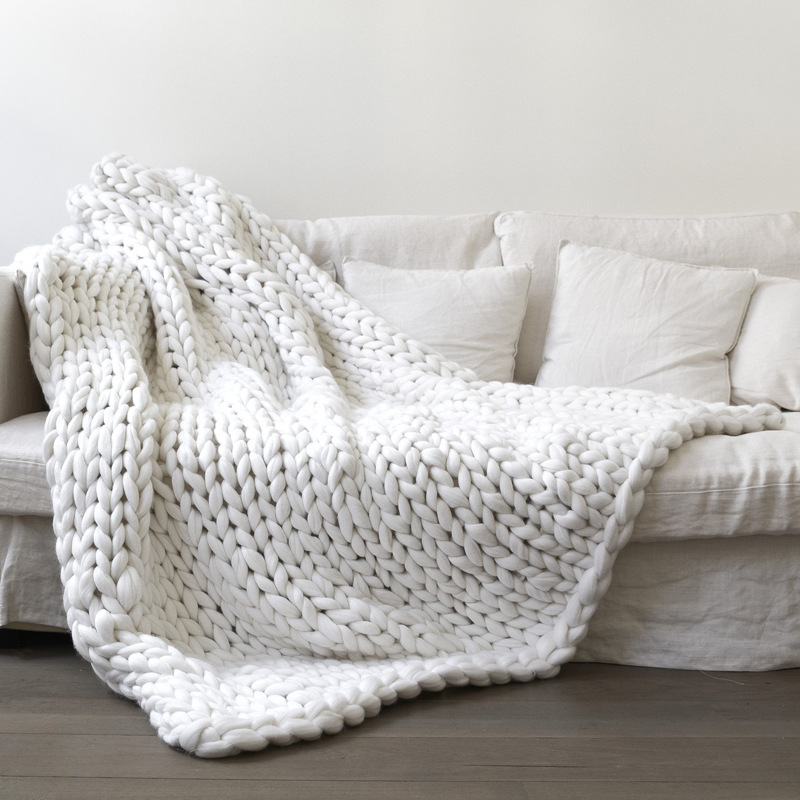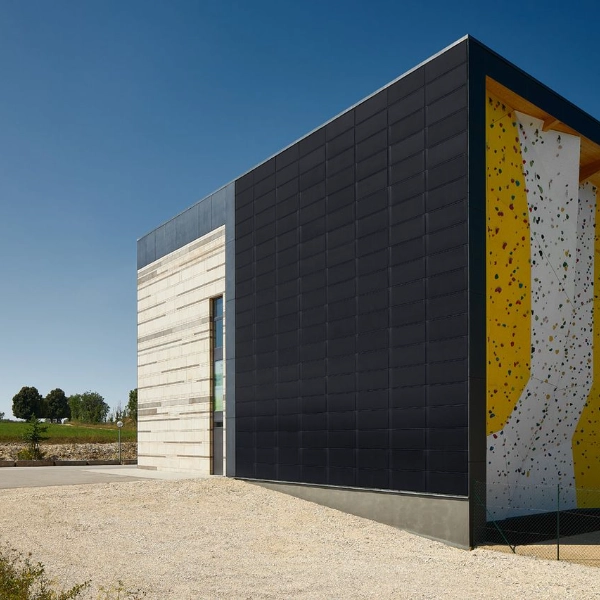The Future Palette: Exploring the Color of 2026 and Its Impact on Design and Culture
As we navigate through the ever-evolving landscape of design, fashion, and art, the anticipation for the color of the year has become a significant cultural phenomenon. Each year, color forecasting organizations, such as Pantone and the Color Marketing Group, unveil a hue that encapsulates the zeitgeist, reflecting societal moods, trends, and aspirations. As we look ahead to 2026, the question arises: What is the color for 2026, and what implications does it hold for various industries?
The Significance of Color Forecasting
Color forecasting is not merely an aesthetic choice; it is a reflection of the collective consciousness of society. Colors evoke emotions, influence decisions, and can even alter perceptions. For instance, the color blue often conveys tranquility and trust, while red can evoke passion and urgency. Understanding the psychology behind colors is crucial for industries ranging from fashion to interior design, as these choices can significantly impact consumer behavior.
Anticipating the Color of 2026
While the official announcement of the color for 2026 is yet to be made, industry experts and color forecasters are already speculating on potential candidates based on current trends and cultural shifts. Several factors contribute to the selection of a color, including technological advancements, environmental concerns, and social movements.
- Technological Influence: As technology continues to permeate our daily lives, colors that reflect innovation and futurism are likely to gain prominence. Shades of metallics, iridescent hues, and vibrant neons may emerge as contenders, symbolizing the intersection of the digital and physical worlds.
- Sustainability and Nature: With an increasing focus on sustainability, colors that evoke nature and environmental consciousness are expected to play a significant role. Earthy tones, such as deep greens, warm browns, and soft neutrals, may resonate with consumers seeking a connection to the natural world amidst urbanization.
- Cultural Movements: Social movements and cultural shifts often influence color trends. For example, the rise of inclusivity and diversity may lead to the adoption of colors that celebrate multiculturalism, such as rich jewel tones or vibrant pastels that reflect a spectrum of identities.
The Potential Candidates for 2026
Based on these trends, several colors are emerging as potential candidates for the color of 2026:
- Digital Lavender: A soft, ethereal shade that embodies tranquility and creativity, Digital Lavender could symbolize the harmony between technology and nature. This color may appeal to a generation that values mental well-being and seeks solace in a fast-paced world.
- Earthy Terracotta: Reflecting a return to nature, earthy terracotta tones evoke warmth and grounding. This color could resonate with consumers who prioritize sustainability and seek to create cozy, inviting spaces in their homes.
- Vibrant Coral: A lively and energetic hue, vibrant coral could capture the spirit of optimism and resilience. As society emerges from challenging times, this color may symbolize hope and a renewed sense of community.
The Impact on Design and Industry
The color of 2026 will undoubtedly influence various industries, from fashion to interior design, marketing, and branding. Designers will incorporate the chosen hue into their collections, creating a ripple effect that shapes consumer preferences and trends.
- Fashion: The fashion industry is particularly responsive to color trends. The color of 2026 will likely inspire designers to create collections that reflect the mood of the moment, influencing everything from runway shows to retail displays.
- Interior Design: In interior design, the chosen color will guide homeowners and designers in selecting palettes for spaces. Whether it’s through paint, textiles, or decor, the color of 2026 will set the tone for how we experience our environments.
- Branding and Marketing: Brands will leverage the color of 2026 to connect with consumers on an emotional level. The right color can enhance brand recognition and loyalty, making it a powerful tool in marketing strategies.
Conclusion
As we approach 2026, the anticipation surrounding the color of the year continues to build. While we await the official announcement, it is essential to recognize the broader implications of color in our lives. The color of 2026 will not only reflect current trends but also shape the future of design, culture, and consumer behavior. By understanding the significance of color forecasting, industries can better prepare for the changes ahead, ensuring that they resonate with the evolving preferences of consumers. As we embrace the future, let us remain mindful of the colors that will define our experiences and aspirations in the years to come.





